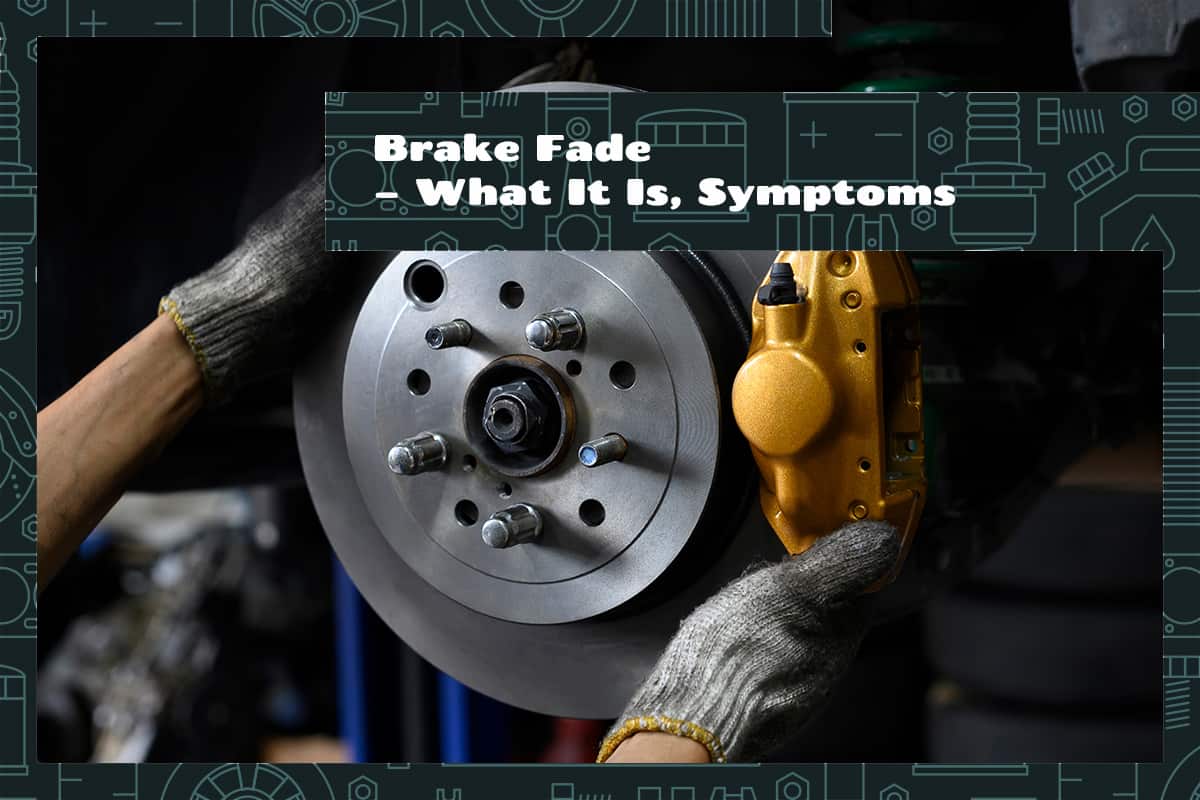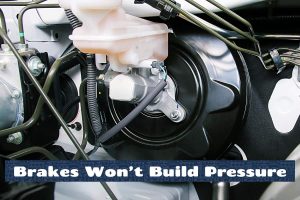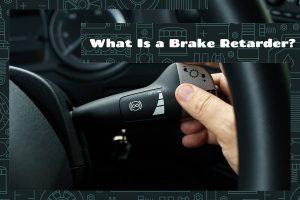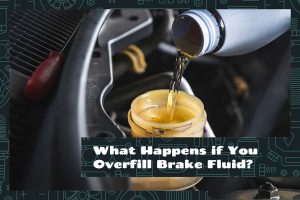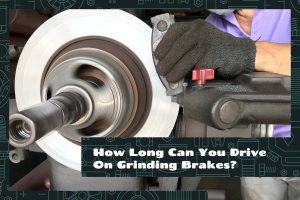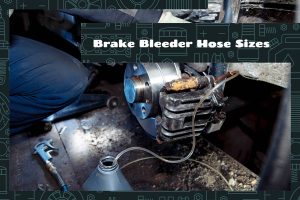Brake fade is a critical aspect of vehicle maintenance that often gets overlooked. It’s a situation that results from the diminished ability of the brakes to decelerate the vehicle effectively. While it may not be a daily occurrence for most drivers, its implications are significant.
Brake fade is a reduction in stopping power that can occur after repeated or sustained use of your vehicle’s brakes. Signs of brake fade include:
- A spongy feel in the brake pedal
- Longer stopping distances
- Smell of burning or overheating brakes
- Fading or lack of response from the brake pedal
This article aims to discuss the concept of brake fade in more detail. We’ll be exploring its different types and how to identify its symptoms.
A Deeper Look Into Brake Fade
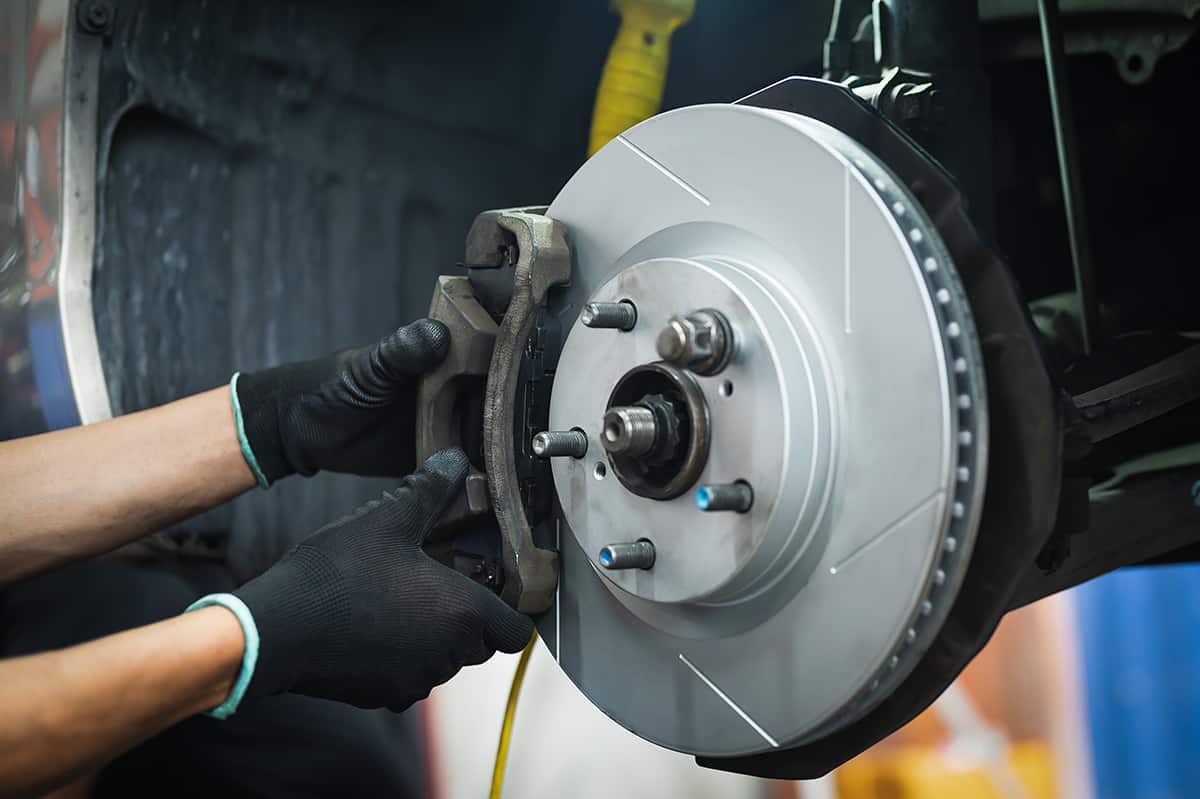
Brake fade refers to the reduction or loss of braking power, making it harder to slow down or stop your vehicle. It is a phenomenon that happens when the brake pads’ and rotors’ temperatures increase due to repeated use. As these parts heat up, they become less effective, leading to a ‘fade’ or reduction in the braking performance.
The braking system of a vehicle functions based on friction. When you apply the brakes, your brake pads press against the rotors (the discs attached to the wheels), slowing down your vehicle. This process generates heat. Under normal conditions, the generated heat dissipates into the air, and your brakes function as expected.
However, under heavy or sustained braking, as in downhill driving or when stopping a heavy vehicle, the heat builds up faster than it can dissipate. This excess heat can lead to brake fade.
Specifically, high temperatures can cause the brake pads to outgas, forming a thin layer of gas between the pads and the rotor. This gas layer can reduce friction and hence, braking power. Similarly, high temperatures can lead to brake fluid boiling, which reduces braking effectiveness due to vapor in the brake lines.
Types of Brake Fade
There are three main types of brake fade: green fade, dynamic fade, and fluid fade. Each type occurs under different circumstances and has varying effects on your brakes.
- Green Fade: Also known as early life fade, green fade typically occurs with new brake pads or after a brake service. The high temperatures of braking cause the binders in the brake pads to ‘outgas.’ Green fade is usually temporary and decreases as the brake pads are broken in.
- Dynamic Fade: This type of fade is a result of the brake pad material’s properties changing under high temperatures. Dynamic fade can be dangerous as it often occurs suddenly and unexpectedly, like during downhill driving or when towing heavy loads.
- Fluid Fade: Fluid fade, also known as boiling fade, happens when the brake fluid reaches its boiling point and begins to vaporize. The vapor in the brake system is compressible, leading to a spongy brake pedal and reduced braking power.
Symptoms of Brake Fade
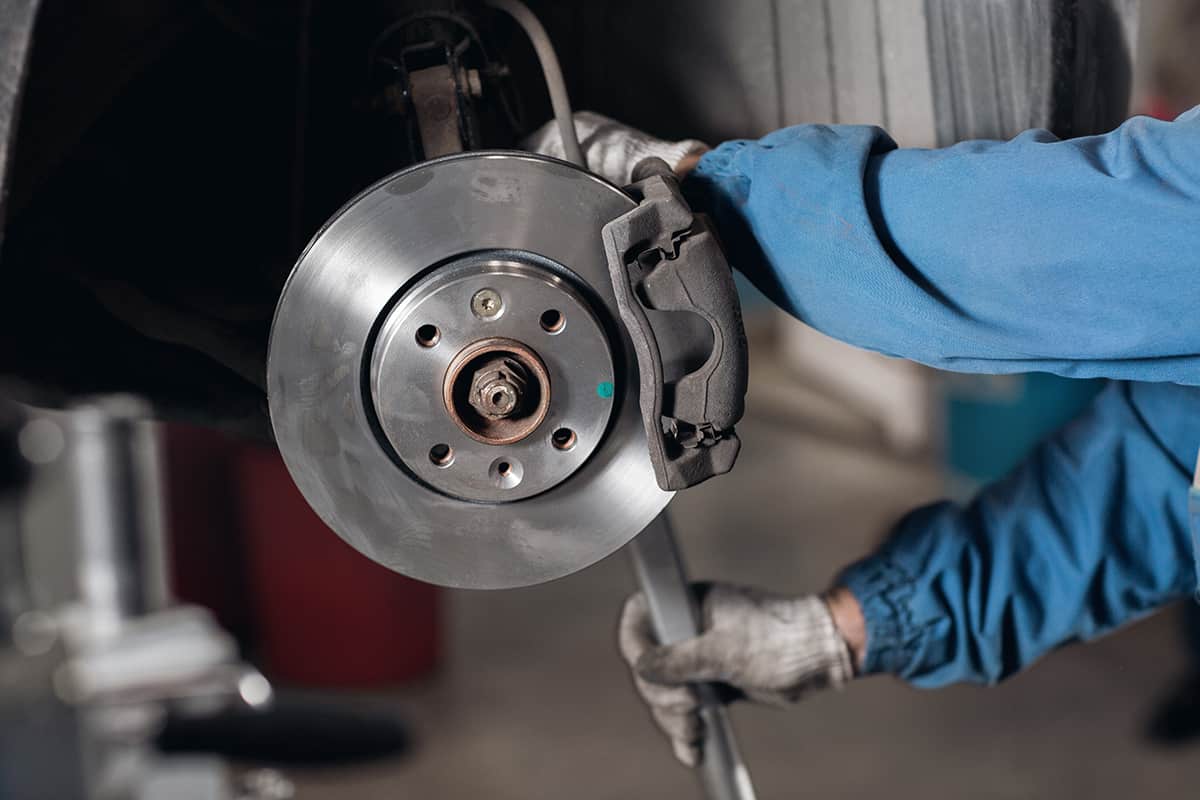
Identifying brake fade early on can make a significant difference in your safety on the road. Knowledge about these symptoms can help you prevent a potential mishap before it turns into a serious problem.
General Symptoms of Brake Fade
The most common sign of brake fade is a reduction in braking performance. You might find that your vehicle doesn’t decelerate as quickly or as effectively as it normally does. Here are some general symptoms:
- Decreased braking power: This is the most direct symptom. You may notice that the brakes aren’t as responsive as they should be, requiring more effort on the brake pedal to achieve the same level of deceleration.
- Increased braking distance: Your vehicle might take longer than usual to come to a complete stop.
- Changes in the brake pedal: The brake pedal might feel “spongy” or require more force to depress. In some cases, the pedal may go all the way to the floor with little resistance.
- Unusual smells or smoke: Overheated brakes can produce a burning smell or even smoke. If you notice such symptoms, it’s a clear sign that your brakes are overheating, which can lead to brake fade.
As brake fade worsens, the symptoms become more pronounced. Initially, you might only notice a slight decrease in braking power or a minor change in how the brake pedal feels. But as brake fade continues, these symptoms will become more severe.
If left unchecked, brake fade can eventually lead to complete brake failure, which is a serious risk to your safety. That’s why it’s important to recognize the symptoms of brake fade and take action as soon as you notice them.
Specific Symptoms of Each Type of Brake Fade
Each type of brake fade has specific symptoms that can help identify the underlying issue.
- Green Fade Symptoms: With green fade, the decreased braking performance tends to be temporary, occurring during the first few hard stops after installing new brake pads or after a brake service. You may also notice a slight burning smell as the new pads “bed in.”
- Dynamic Fade Symptoms: In the case of dynamic fade, the decrease in brake performance can be sudden and significant, especially during long, hard braking situations like downhill driving or towing heavy loads. You may notice that the brakes become less and less effective, to the point where they may not seem to work at all.
- Fluid Fade Symptoms: Fluid fade is characterized by a spongy brake pedal and a significant decrease in braking performance. You may also notice a decrease in brake fluid levels and, in extreme cases, steam or smoke from the brake fluid boiling.
What to Do When Experiencing Brake Fade

Encountering brake fade can be a frightening experience. However, understanding how to react can prevent potential accidents and ensure your safety on the road. In this section, we’ll discuss immediate steps to take when you suspect brake fade and the long-term adjustments needed to prevent future occurrences.
Immediate Steps to Take
If you suspect that your vehicle is experiencing brake fade, it’s crucial to act quickly and appropriately. Here are some immediate steps to take:
- Reduce Speed: Start by reducing your speed gradually. Lower speeds generate less heat when braking, which can help cool down the brake system.
- Use Engine Braking: Shift to a lower gear to use engine braking, especially during downhill drives. This method reduces reliance on your vehicle’s brakes and allows them to cool down.
- Stop and Let the Brakes Cool Down: If safe, pull over and stop your vehicle to let the brakes cool down. It’s crucial not to apply the parking brake at this point as it may stick if the brakes are too hot.
- Avoid Riding the Brakes: “Riding” the brakes, or keeping constant pressure on the brake pedal, can lead to overheating. Instead, brake firmly and release the pedal to allow the brakes to cool between applications.
Long-term Adjustments
To prevent future occurrences of brake fade, certain long-term adjustments should be made:
- Regular Maintenance: Regular brake inspections and maintenance can help identify any potential issues early, reducing the risk of brake fade. Ensure your brake fluid is replaced according to your vehicle manufacturer’s recommendations.
- Use Appropriate Brake Pads and Fluid: If you often drive in conditions that lead to brake fade, consider using high-performance brake pads and fluid. They are designed to handle higher temperatures, reducing the risk of brake fade.
- Practice Anticipatory Braking: Instead of hard, last-minute braking, try to anticipate stops and apply the brakes gradually. This practice can reduce the heat generated in the braking system.
- Be Mindful of Load: Heavy loads increase the stress on your brakes, leading to more heat. If you regularly carry heavy loads or tow a trailer, consider upgrading your brake system to handle the increased demand.
